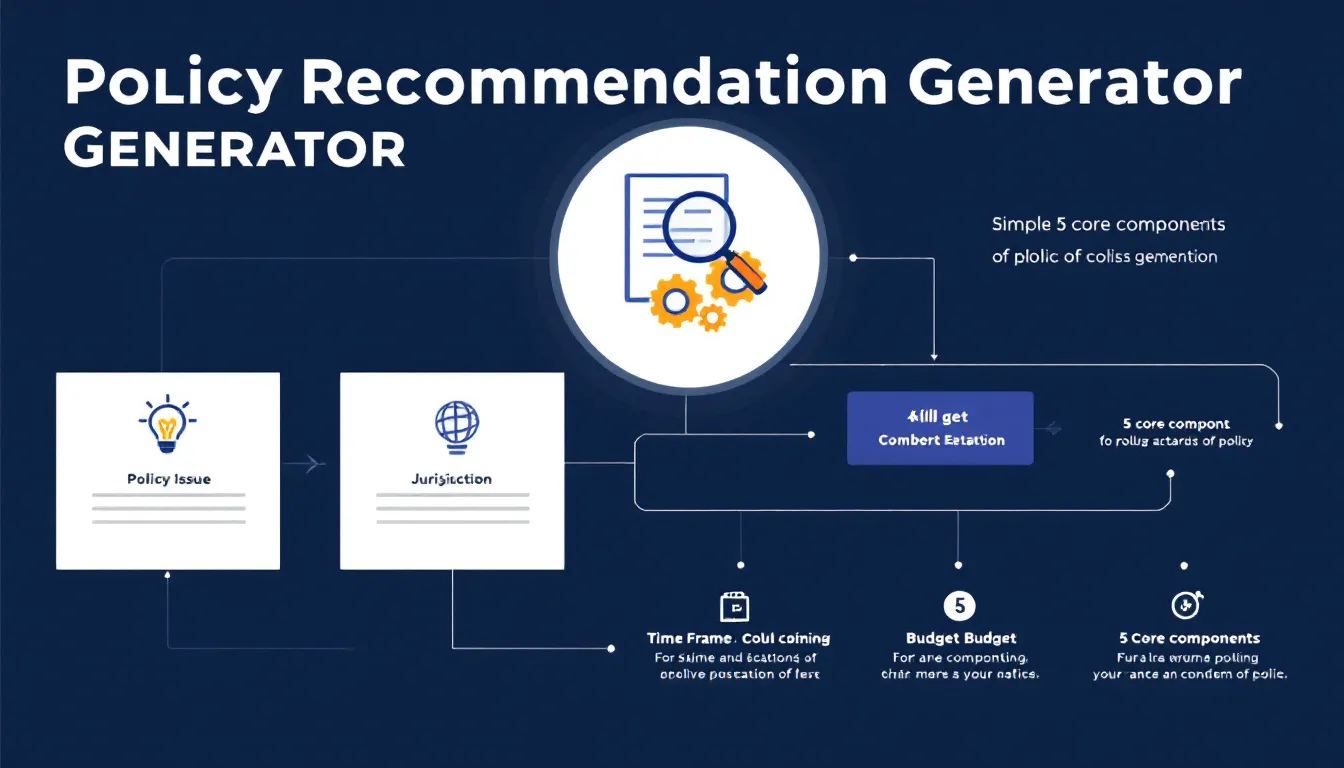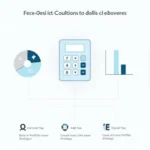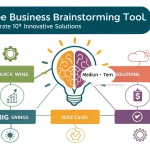Is this tool helpful?
How to Use the Policy Recommendation Tool Effectively
Use this tool to develop clear, evidence-based policy recommendations by providing detailed inputs below. Here’s how to complete each field with examples different from the form:
- Policy Issue: Describe the specific policy challenge or situation you want to solve.
Example 1: “Improving broadband internet access in underserved rural areas to boost economic development.”
Example 2: “Addressing food insecurity among low-income urban populations through sustainable community programs.” - Jurisdiction: Indicate the geographical or administrative area where the policy will be applied.
Example 1: “Midwest region, United States”
Example 2: “Greater London Authority, United Kingdom” - Time Frame: Optionally, enter the period during which the policy implementation is planned.
Example 1: “Three-year rollout (2025-2028)”
Example 2: “12-month pilot initiative” - Budget: Optionally, specify the financial resources available for the policy (numbers only).
Example 1: “5000000”
Example 2: “750000”
What Is the Policy Recommendation Tool and Why Use It?
The Policy Recommendation Tool helps you create actionable, research-backed policy solutions for public challenges. It supports policymakers, analysts, and stakeholders by turning complex issues into clear recommendations, ensuring your decisions are informed and practical.
By combining structured analysis with evidence-based methods, this tool ensures your policy proposals address root causes, consider stakeholder impacts, and align with real-world constraints like budget and timelines.
Key Benefits of Using This Tool
- Comprehensive Analysis: The tool walks you through identifying stakeholders, understanding challenges, and evaluating viable policy options.
- Resource Optimization: Entering your budget helps the tool tailor recommendations that fit your financial limits.
- Evidence-Driven: Recommendations rely on data and best practices to increase policy effectiveness.
- Time Savings: Streamlines policy development to speed up the decision-making process without sacrificing quality.
- Scalable Use: Supports policies at local, regional, national, or international levels across multiple sectors.
Practical Applications of the Policy Recommendation Tool
1. Local Government and Urban Planning
City and municipal leaders rely on this tool to develop policies for:
- Zoning regulations
- Public safety programs
- Infrastructure investment prioritization
- Sustainable city growth strategies
2. Healthcare Policy Formulation
Healthcare providers and administrators use the tool to:
- Improve access to care, especially in underserved areas
- Allocate resources effectively across health services
- Develop cost-containment and quality improvement strategies
- Design public health initiatives targeting key populations
3. Environmental and Conservation Policies
Environmental agencies and NGOs apply the tool to:
- Protect biodiversity and endangered species habitats
- Promote sustainable agriculture and land use
- Address climate adaptation and mitigation strategies
- Engage communities in conservation efforts
Example Usage Scenarios
Scenario A: Educational Policy Development
- Policy Issue: “Enhancing digital literacy among high school students in rural districts.”
- Jurisdiction: “Eastern Ontario, Canada”
- Time Frame: “Two academic years (2024-2026)”
- Budget: “1200000”
The tool provides recommendations on curriculum upgrades, teacher training programs, infrastructure needs, and community partnerships.
Scenario B: Economic Development Policy
- Policy Issue: “Supporting small business growth through microloans and technical assistance.”
- Jurisdiction: “Catalonia, Spain”
- Time Frame: “Five-year development plan (2023-2028)”
- Budget: “10000000”
Recommendations focus on loan eligibility criteria, outreach strategies, partnerships with local banks, and impact measurement.
Frequently Asked Questions About the Policy Recommendation Tool
What types of policy challenges can I analyze?
You can address varied public challenges including healthcare, environment, urban development, education, social services, and economic policy.
How detailed should my policy issue description be?
Provide clear context, challenges, affected groups, and goals. The more details you give, the sharper your recommendations will be.
Can I include multiple objectives in one query?
Yes, the tool handles complex policies with multiple goals, balancing trade-offs and synergies.
Is budget information mandatory?
No, but including budget details helps tailor recommendations for feasibility and real-world constraints.
Can the tool work with different jurisdiction sizes?
Yes, it adapts to local, regional, national, and international policy levels.
How do I best use the recommendations?
Review them carefully, consider your unique context, and collaborate with stakeholders to refine your policy approach.
Can this tool analyze cross-sector policies?
Yes, it supports coordinated strategies crossing multiple policy domains for integrated solutions.
Important Disclaimer
The calculations, results, and content provided by our tools are not guaranteed to be accurate, complete, or reliable. Users are responsible for verifying and interpreting the results. Our content and tools may contain errors, biases, or inconsistencies. Do not enter personal data, sensitive information, or personally identifiable information in our web forms or tools. Such data entry violates our terms of service and may result in unauthorized disclosure to third parties. We reserve the right to save inputs and outputs from our tools for the purposes of error debugging, bias identification, and performance improvement. External companies providing AI models used in our tools may also save and process data in accordance with their own policies. By using our tools, you consent to this data collection and processing. We reserve the right to limit the usage of our tools based on current usability factors.







